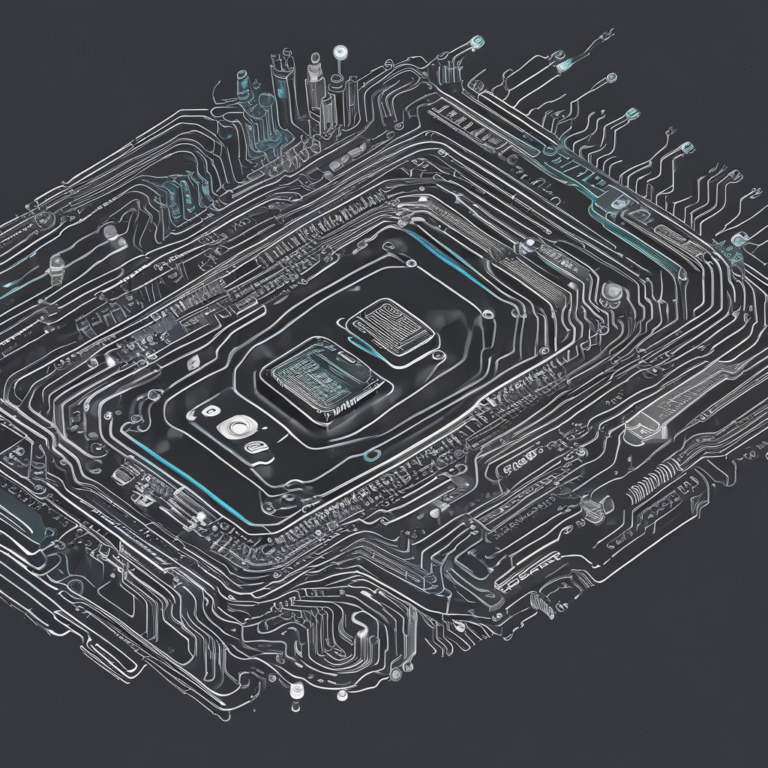Engineering GDPR Compliance in the Age of Agentic AI
As organizations increasingly deploy agentic artificial intelligence (AI) systems, the challenge of ensuring compliance with the EU General Data Protection Regulation (GDPR) becomes more pronounced. Agentic AI systems possess the autonomy to manage tasks dynamically, raising significant implications for data protection and privacy.
The Evolution of AI Capabilities
Imagine an AI assistant capable of not only executing predefined tasks but also adapting its actions based on real-time data and user interactions. This includes drafting plans, pulling data through application programming interfaces (APIs), and intelligently retrying failed steps. Such capabilities are beneficial in various sectors, including customer support, finance, and workflow management.
However, the complexity of these systems challenges the traditional compliance models under the GDPR. Core principles such as purpose limitation, data minimization, transparency, storage limitation, and accountability remain vital. The issue lies not in the principles themselves but in the operating models that implement them.
Challenges Arising from Agentic AI
When an AI agent modifies its plan during execution, it can trigger data processing activities that were not anticipated during initial compliance assessments. For instance, an AI tasked with scheduling a meeting may inadvertently collect sensitive health-related information based on prior communications, thus falling under special-category rules of the GDPR.
Furthermore, the involvement of third-party tools for tasks such as summarization and translation may lead to unapproved data disclosures, complicating compliance with the GDPR. This situation emphasizes the need for a shift from static documentation to dynamic compliance mechanisms that enforce policies in real time.
Concrete Implementation Strategies
To address these challenges, organizations should implement four key controls:
1. Purpose Locks and Goal-Change Gates
AI agents’ goals must be treated as inspectable objects. If an agent attempts to broaden its scope, the system should alert users to reassess compliance with GDPR’s Article 5(1)(b), which mandates purpose limitation. This could involve blocking the request, seeking fresh consent, or routing the change to a human approver.
2. Execute End-to-End Records
Maintaining a durable, searchable record of all actions taken by the AI agent is crucial. This trace should include the agent’s initial plan, tool calls made, data categories observed, and any updates. Such records can significantly simplify data subject access requests (DSARs) and enhance transparency under Article 15 of the GDPR.
3. Memory Governance with Tiers
Different types of memory used by AI agents pose varying levels of risk. Organizations should enforce strict timelines for data retention and implement policies that define how and when data can be deleted or modified. This approach helps comply with the GDPR’s storage limitation requirements.
4. Live Controller and Processor Mapping
Due to the dynamic nature of AI systems, roles such as data controller and processor can change based on context. Maintaining a real-time registry that maps these roles is essential for compliance, ensuring that each data processing action aligns with GDPR requirements.
Continuous Governance Over Static Reviews
Instead of relying on one-time privacy assessments, organizations should adopt a model of continuous governance. This involves implementing controls before deployment, as well as real-time monitoring and enforcement of compliance during production. Such measures ensure that AI agents act within the boundaries of privacy regulations.
Conclusion
The GDPR’s foundational principles remain relevant; however, the implementation model requires transformation. By moving from static documents to dynamic compliance mechanisms, organizations can ensure that their use of agentic AI is both innovative and compliant. This balance between leveraging advanced technology and upholding privacy standards is essential for building trust in the digital age.










